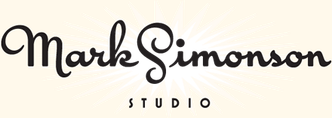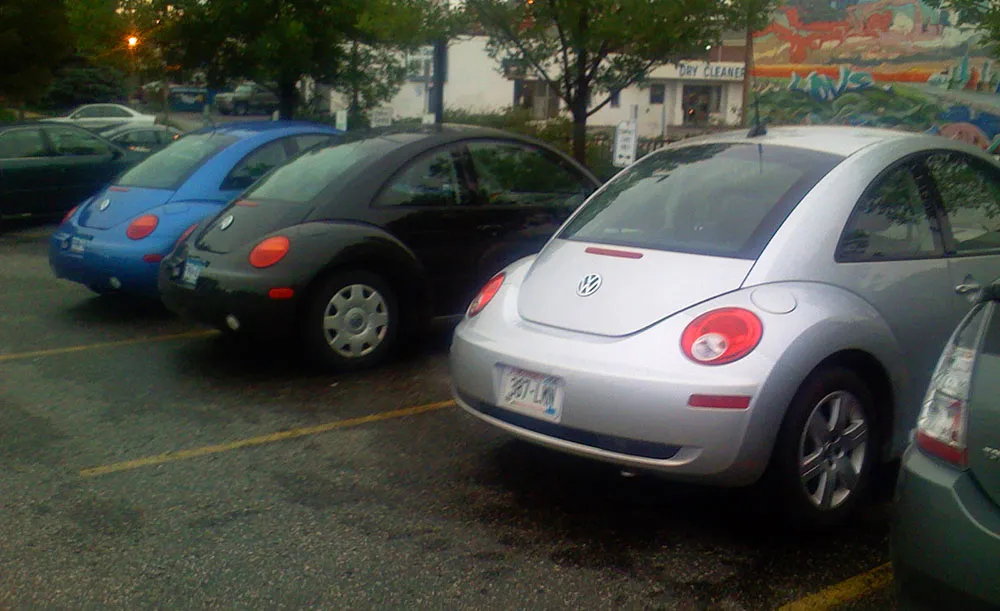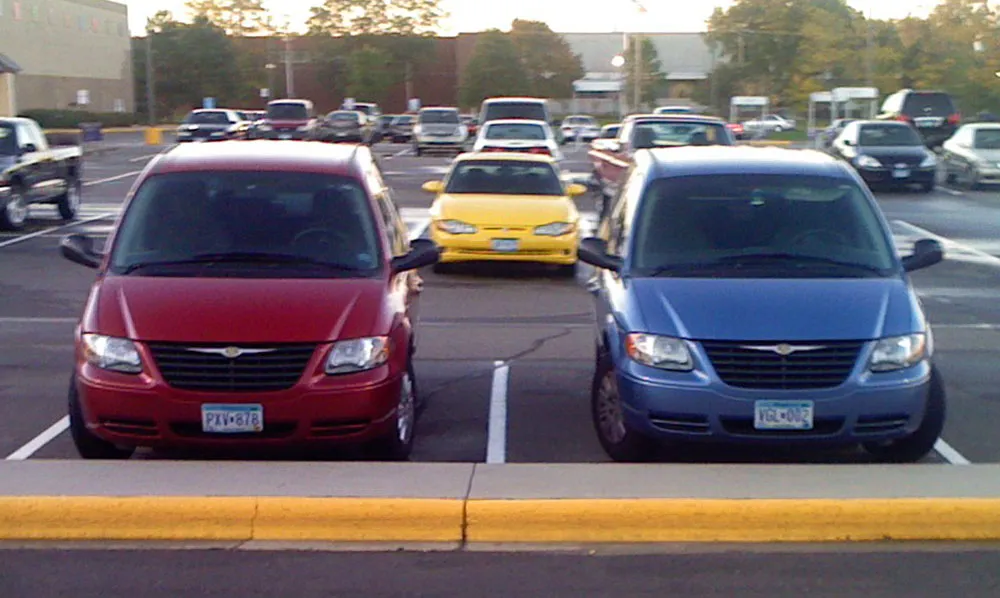Mark’s Notebook - Page 35
Here is a cool thing that reader “minusf” wrote to me about recently: A half-hour film made by Chevrolet in 1958 called “American Look.” You can see it, split into three parts, on YouTube the Internet Archive:
It’s pretty heavy on pro-America/pro-Chevy propaganda, but it’s also a revealing glimpse into a world when most everything was still designed with simple art materials like pastel crayons and clay.
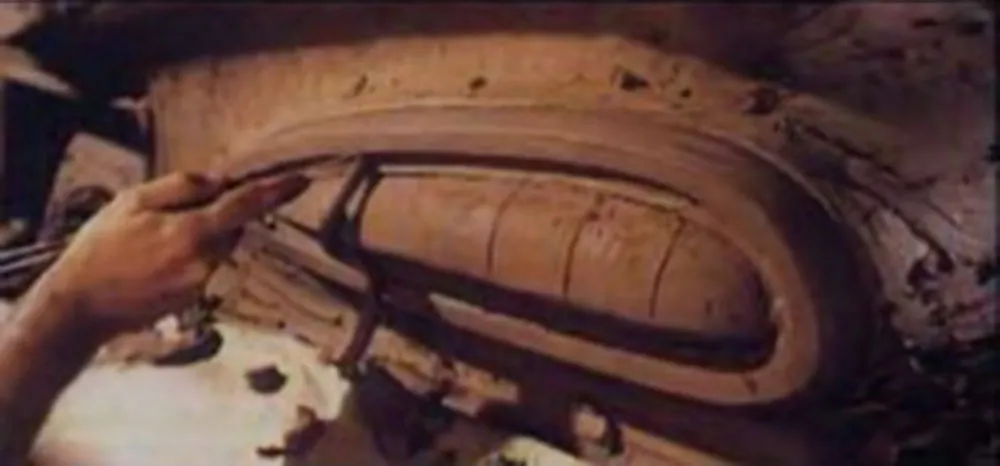
In the third part, they build a design prototype of a ’59 Chevy out of plywood and clay. This was the car my family had when I was a little kid. To me it looked like a scary, angry animal. Little did I know they were going after “sleek and stylish.”
The pre-Fifties world seems to have been erased in the film. People live in thoroughly modern houses, have thoroughly modern furniture and appliances, and work in thoroughly modern buildings. Nothing old seems to exist.
I must have seen a lot of propaganda like this when I was a kid. I fully expected that the world would look like this when I grew up. But in reality, old and new have always lived side-by-side, and probably always will. (I love it when films that are set in the future, like Blade Runner, get this right.)
A lot of the design in the film still holds up well, like the Eames chair. But every now and then they show something that looks utterly old-fashioned—unsurprisingly, anything to do with electronics, appliances and business machines, which have changed radically over the last fifty years. On the other hand, the design requirements for chairs, spoons, and drinking glasses are pretty fixed.
(Thanks to John Blair for finding these videos on the Internet Archive. When I originally wrote this, the videos were up on YouTube, but at some point they were removed. Thanks to John, I am able to link to them again.)
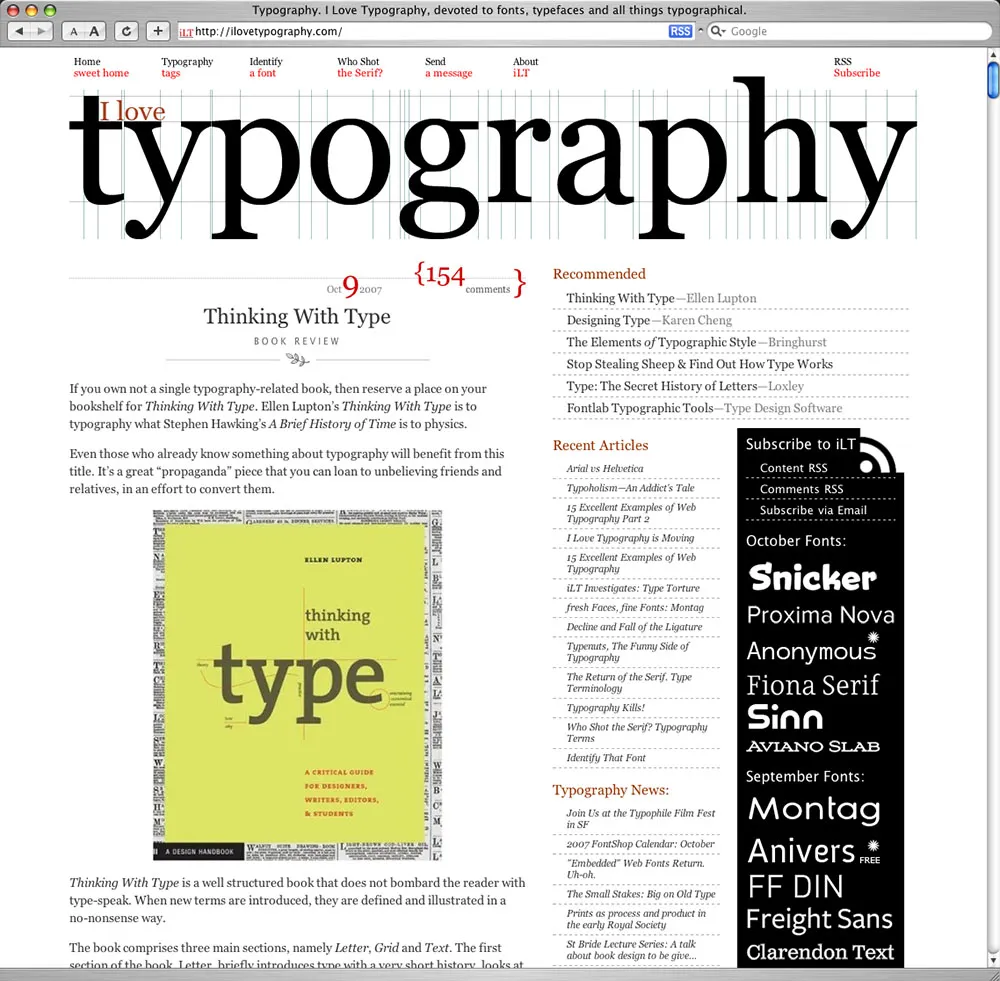
I just recently became aware of a new type-related site called I Love Typography. It’s only been around about two months, but it’s already shaping up to be one of the best.
What’s different about iLT from other type sites is its emphasis on longer articles, particularly ones covering typographic fundamentals. Readers may also comment, but that’s a secondary element. The venerable Typographica promised to do this a few years ago, but, for whatever reason, it didn’t really work out. (To be fair, I still love Typographica. It’s been a little quiet, but things have been picking up.) In any case, iLT’s author, John Boardley, has picked up the baton and run with it. It’s a great start and I wish him best of luck.
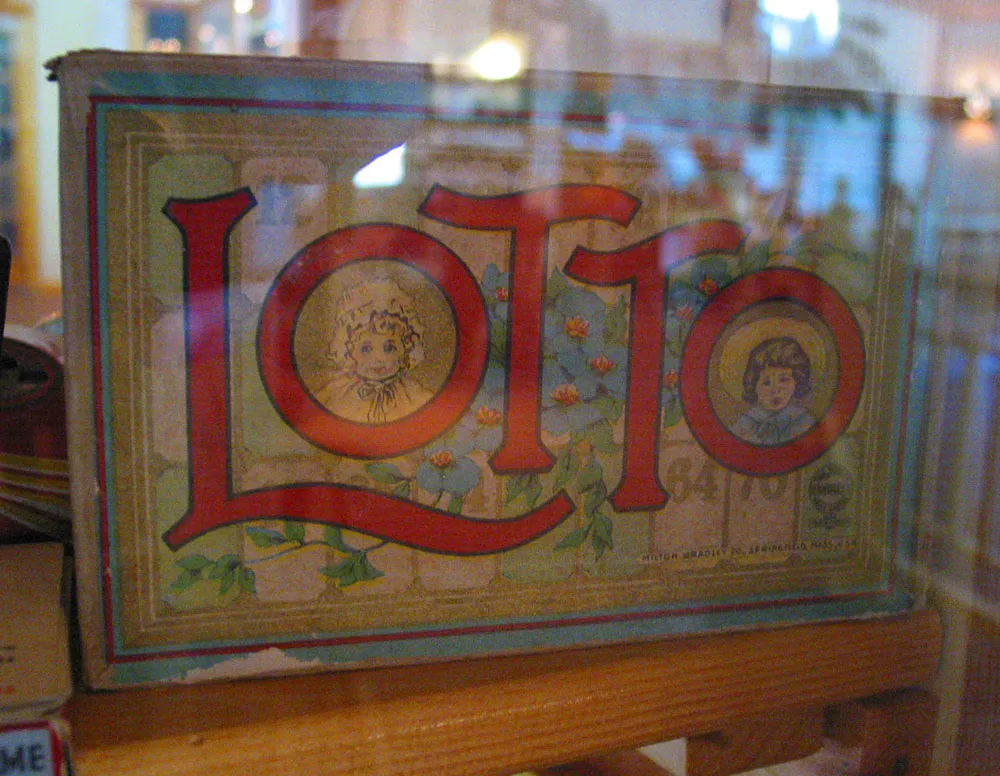

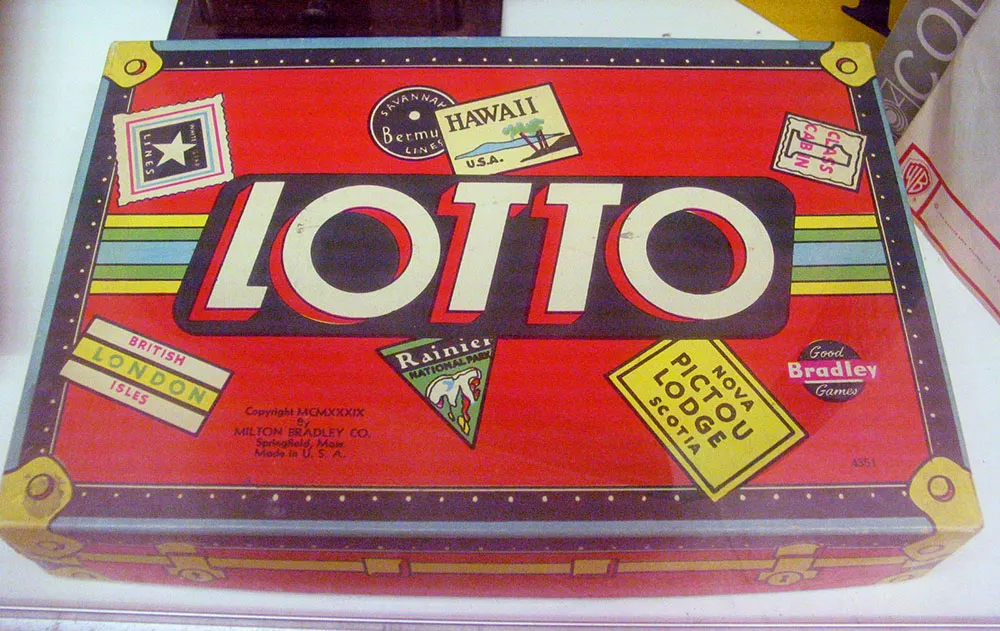
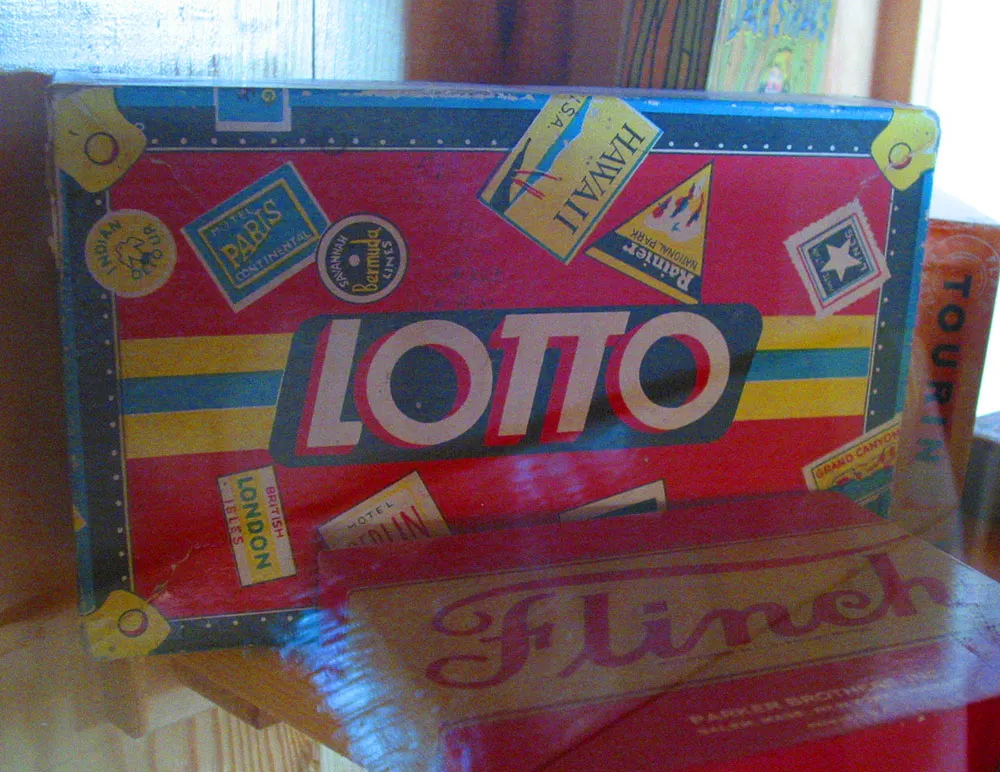
Vintage Lotto game boxes. Photographed (top to bottom) at Kellogg, Minnesota, August 21, 2004; Hopkins, Minnesota, December 18, 2004; Wisconsin Dells, July 31, 2004; and Kellogg, Minnesota, August 21, 2004.
My partner, Pat, has been heavily involved with the annual fund-raising plant sale at Friends School of Minnesota ever since our daughter started kindergarten there nearly ten years ago. For the 2007 sale, she wondered if it would be possible to do a time-lapse video of the event to help promote it.
After investigating a number of possibilities, I decided that the simplest way would be to use the iSight camera built into my MacBook Pro along with Boinx Software’s iStopMotion.

The venue for the sale was the Grandstand at the Minnesota State Fairgrounds, a cavernous space filled with concrete support columns every twenty or thirty feet. I was a bit concerned about leaving my laptop unattended for the week it would take to capture the video, but fortunately we found a well-placed column that had a flat “shelf” about ten feet off the ground. It had just enough space to hold the laptop. There was also a conduit that could be used to attach a security cable.
I still thought it might be a little conspicuous (and tempting) for my not-exactly-cheap MacBook Pro to be visible up there, so I covered it in a make-shift cardboard “disguise” to make it a bit less obvious what it was.
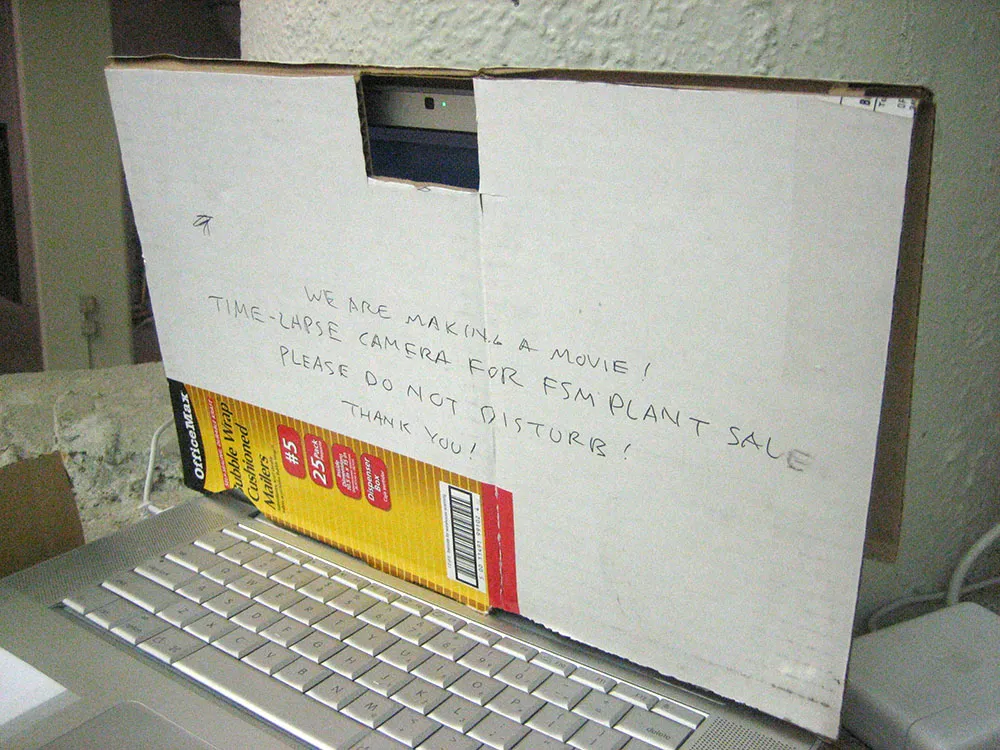
We alerted the fairgrounds security to its presence, but just in case an over-zealous and uninformed security guard happened upon it and thought it was a bomb or something, I added notes and stickers to the outside to explain what it was. And, of course, I completely backed up my hard drive, removed all personal files, logged out of my personal account and set up a temporary user account, in case all else failed and it got stolen or damaged.
Happily, none of that happened. It sat undisturbed for the whole week, shooting one frame every two minutes. I stopped by at least once a day to check on its progress (and to hit command-S to save the footage captured so far), hauling a ladder to and from the site in order to get at it. Unfortunately, some time during the last day of the sale, iStopMotion seems to have crashed, so any video it captured after I hit “save” that morning was lost. (Neither I or the helpful people at Boinx could figure out what happened.)
Nevertheless, the captured video was amazing. I added titles and music, and, well, here is the finished video:

This was a fun one. Rumsey Taylor of Not Coming to a Theater Near You asked me to create lettering for a splash page graphic for the site’s fourth annual horror film festival.
The idea was to emulate classic horror film title screens. Thanks to Steven Hill’s Movie Title Screens Page I was able to find loads of reference. At first I was thinking I would use some kind of blackletter style, but it turns out almost no horror films use that style, unless they involve Dracula or Frankenstein. (More often it’s used for pirate movies.)
In the end I decided to go with the classic scrawled-in-blood look. To get the effect, I wrote out the letters freehand using a Wacom Cintiq and Corel Painter. It took a lot of experimentation and “takes” to get the right look. Once I had the basic lettering, I enhanced it in Illustrator and Photoshop to get the look of an old black and white movie title, complete with light-spill on the brightest areas.
